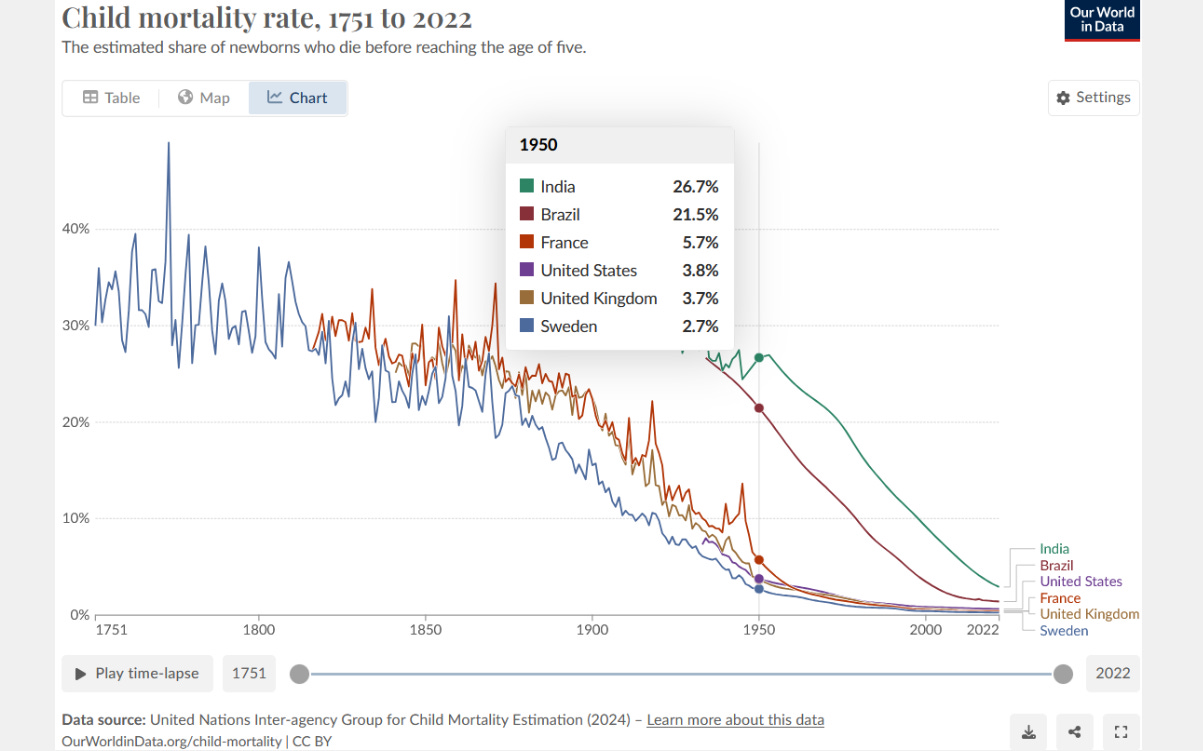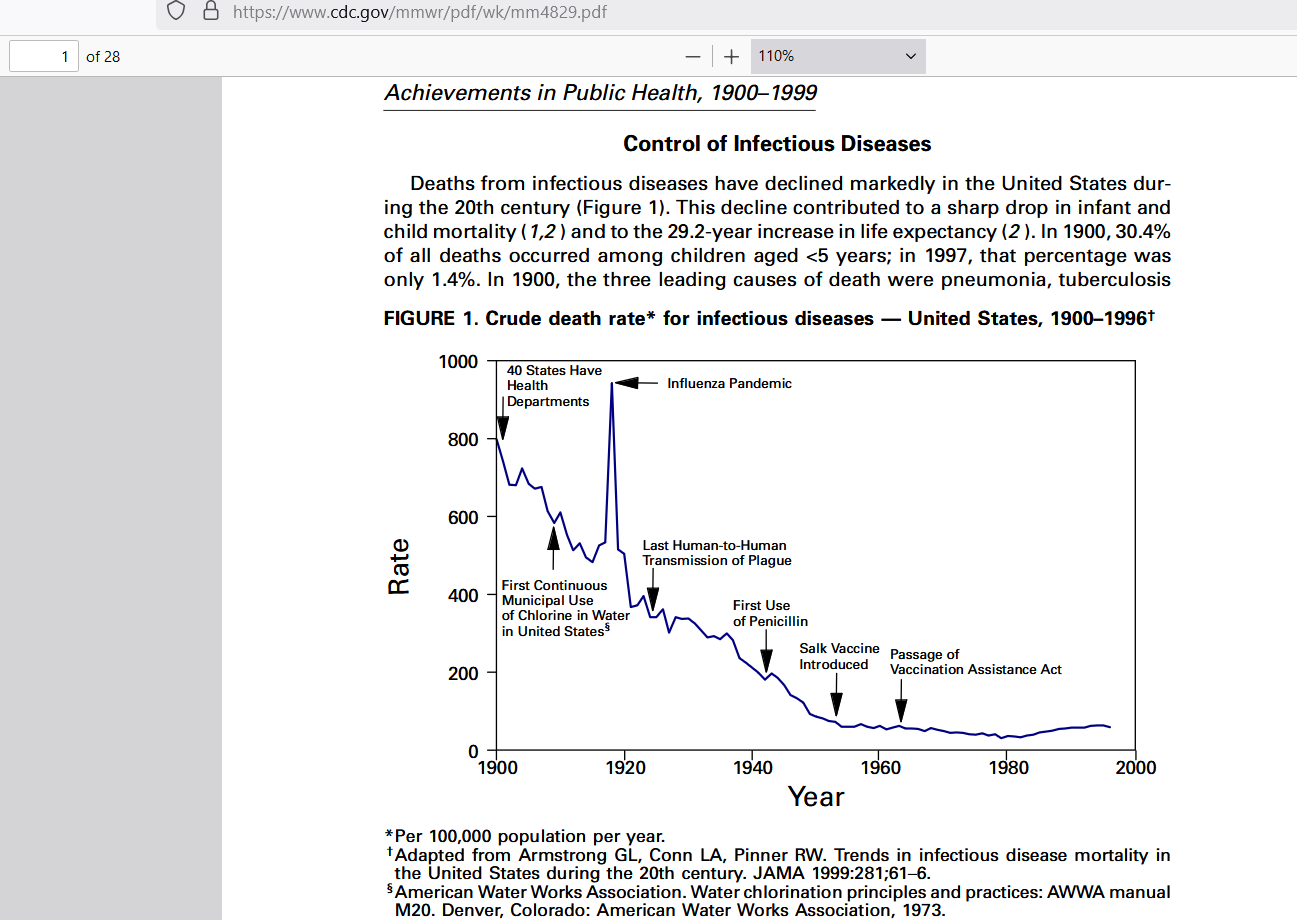At the YouTube with the code of [ WMzgXHhKarY ] you will see, at Minute Mark 14:50, famed astrophysicist Neil deGrasse Tyson — on Real Time with Bill Maher — advocating for taking vaccines because of being in a social contract which includes not infecting others. To set the stage for his vaccine advocacy, he made this remark:
“We’re incapable as a species of truly understanding risk”
The reason to make that claim is so that people willfully give up the responsibility to think for themselves and, instead, let the experts decide. Tyson considers himself one of the privileged few who have been taught how to understand probability and risk. He mentions casino gamblers who keep thinking that they are due for a win (after losing).
He motions and mocks this by rolling the craps dice, but it isn’t true that we are incapable of understanding the expected value of playing craps. The probability of winning is easy to find. The image below was created in only a few minutes of time:
And there you have it. If you play 1,000 games, you win 493 of them, and you lose 507 of them. The expected value, which even kids can understand, comes from winning back 493 dollars but — in the process — losing 507 dollars, putting yourself (507 - 493 = ) $14 in the hole. Not bad odds there! But not good ones, either:
The more you play, the more you lose.
Mr. Tyson tells us that we are incapable of arriving at the above conclusion — because we’re dolts. We are forever at the mercy of ravenous, bloodthirsty casino managers [scary music]. But when trying to defend “the science” Tyson starts off by saying that doctors are the reason why life expectancy has risen by so much. But is it true?
The biggest reason that life expectancy is higher is because child mortality is lower. Once a child is prevented from dying, it moves the average age at death the most. They have their whole life ahead of them. Preventing a 95-year-old from dying does not alter life expectancy very much at all (their life is mostly behind them).
But look how it is that over 90% of the drop in child mortality — the one thing that is most-responsible for improved life expectancy — had already occurred by 1950:
You can’t claim that “vaccines did that” because most vaccines were not even around prior to 1950. The CDC, explaining reduced infant mortality, even admits that the main reason that infant death rates fell is improved sanitation — something that civil engineers do, not something that doctors do:
Here’s the CDC showing when Jonas Salk’s polio vaccine came out in 1955:
But as said before, almost 100% of the improvement had happened before then. You can tell how it is that doctors should not receive most of the credit after seeing the death rate for non-infectious causes of death superimposed on the graph:
If doctors were so awesome — like the famed astrophysicist claims — then you would have thought that, in 115 years of time to work on it, that they would have been able to cut the noninfectious death rate far below 800 per 100,000. It was below 800 per 100,000 way back in 1920, and has not materially improved in the 95 years after that.
I don’t know about you, but someone who cannot improve things — after 95 years of working on it — should not be getting a lot of credit. The victims (us) are partly to blame, but not mostly. And some individual doctors are good, but the system itself is unhealthy. This is something RFK Jr. has brought to light: we exist in a bad system.
So Mr. Tyson is wrong that we can’t understand a losing gamble, even after it is explained to us. And Mr. Tyson is wrong to credit doctors with improving life expectancy (civil engineers, improving sanitation, did more than the doctors did to help us out with that). But is Mr. Tyson also wrong about vaccines preventing infection?
When researchers recorded the breakthrough COVID infections which people got over the course of 96 weeks, they found that, for those of age 50 and younger (green markings below), a full 20% of them had had a breakthrough infection prior to Week 40 after their second dose (many who also topped-off with boosters):
But if only 9 months (39 weeks) have passed, and 20% already have a breakthrough infection, then that means that the annualized attack rate among “the vaccinated” is approximately 27%. If you take 100 fully-jabbed (and boosted) persons and follow them for a year, 27 of them will have gotten “COVID.” Is that good or bad?
The best evidence of how much COVID you should be getting comes from the largest-ever phase 3 trial of COVID shots — the Pfizer trial. The infection rate over a year is called the attack rate. But in the Pfizer trial, the annualized attack rate in the control (placebo) group was only 7.3%:
With 2,222 person-years of observation time, they found 162 cases of COVID. But after converting it to the # of COVID cases for each 100 person-years, you find 7.29 per 100 (or 7.3%, when annualized).
Put bluntly, Mr. Tyson wants us to take an injectable product which leads to us getting COVID at over 3 times the rate that someone in a placebo group gets it. Even if we relax assumptions somewhat to allow for higher baseline attack rates — e.g., 11% in US Military — the COVID shots do not pass muster: they do not prevent infections.
And that’s 3 strikes for our famed astrophysicist.
Reference
[fully-knowable probabilities] — https://www.wolframalpha.com/input?i=probability+of+winning+at+craps
[40% child mortality in Sweden 250 years ago] — https://ourworldindata.org/grapher/child-mortality
[CDC admits that sanitation, not doctors, is the reason for improvements] — https://www.cdc.gov/mmwr/preview/mmwrhtml/mm4838a2.htm
[CDC inadvertently shows almost all improvements occurred prior to most vaccines] — https://www.cdc.gov/mmwr/pdf/wk/mm4829.pdf
[JAMA study showing 115 years without improvement in non-infectious death] — Hansen V, Oren E, Dennis LK, Brown HE. Infectious Disease Mortality Trends in the United States, 1980-2014. JAMA. 2016;316(20):2149–2151. doi:10.1001/jama.2016.12423 https://jamanetwork.com/journals/jama/fullarticle/2585966
[study showing 20% of those age 50 and under who are up-to-date get breakthroughs by Week 40] — Walmsley S, Nabipoor M, Lovblom LE, Ravindran R, Colwill K, McGeer A, Dayam RM, Manase D, Gingras AC, On Behalf Of The STOPCoV Team. Predictors of Breakthrough SARS-CoV-2 Infection after Vaccination. Vaccines (Basel). 2023 Dec 28;12(1):36. doi: 10.3390/vaccines12010036. PMID: 38250849; PMCID: PMC10820583. https://pmc.ncbi.nlm.nih.gov/articles/PMC10820583/
[phase 3 trial showing that only 7.3% (the placebo group rate) are “supposed to” get COVID each year] — https://www.fda.gov/media/144245/download










